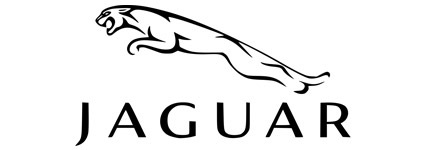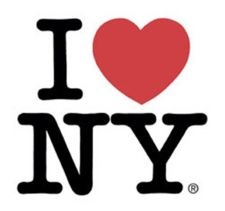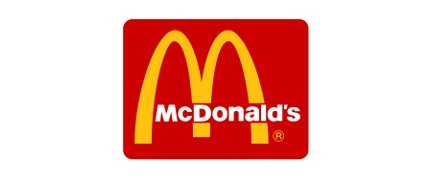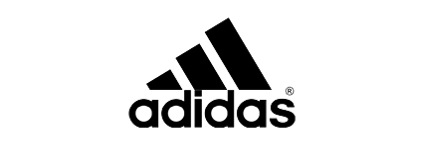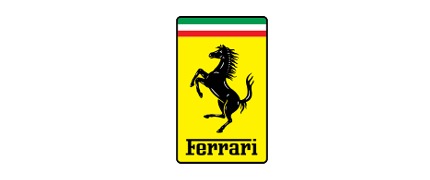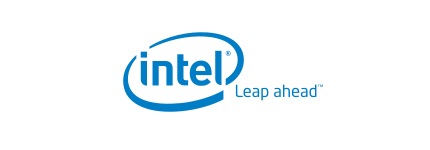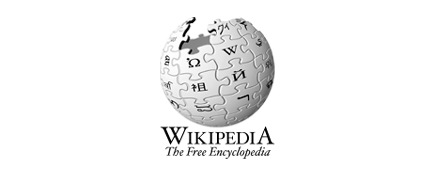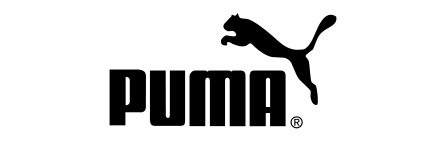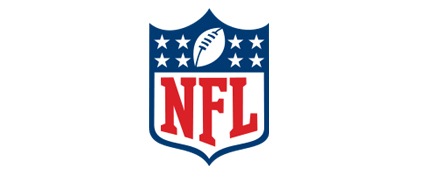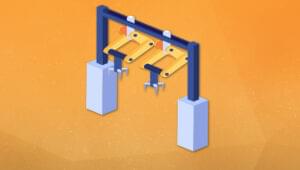Fundamentals Of Logo Design Part 3: Type & Symbol Logos
Last week we had a look at the first of three logo categories – the typographic logo. Today we’ll continue by looking at logos which combine type and symbols. These type of logos generally take the form of the company name in type and a symbol representing the ideals of that company beside, underneath or above the name.
When using both type and symbols, designers must carefully consider how their choice of typeface will work with the symbol. For example, take a look at the Jaguar logo featuring the famous cat jumping over the company name. The wild cat represents speed and control and is a graceful but powerful image matched with a sophistcated typeface. The elements match each other to produce a strong, elegant feel.
The I Love New York logo can surely be described as iconic and look how simple it is. Three upper case letters and a heart shape have become well-known and well-loved not just in America but by anyone who has travelled to New York. The slab serif typeface has a chunky, curvy feel (it’s called American Typewriter) which ties in beautifully with the heart.
This type of combination logo is possibly the best option for new businesses or someone just starting out as it helps build brand recognition. It is visually strong and has explanatory text. A brief amount of text which compliments the symbol can provide additional clarity and tells the audience “this is what we do”. If the designer gets the mix right, a memorable logo results.
Logos that combine symbols and type often use a very simple, very ordinary symbol such as a basic shape, globe or tick mark. As mentioned in a previous post, one of the most important qualities of a good logo is simplicity. It is certainly a challenge to create something unique. An important part of the design process is brainstorming and free association. Here’s some examples of famous logos which create a successful relationship between the type and the symbol.
What do you think of these logos? Any favorites amongst them?
Next week is all about the boldest logos of all – the symbol only logo.
Frequently Asked Questions about Logo Design
What are the key elements to consider when designing a logo?
When designing a logo, it’s crucial to consider the brand’s identity, target audience, and the message you want to convey. The logo should be simple yet memorable, versatile to work across various mediums, and timeless to withstand changes in trends. It’s also important to consider color psychology and typography, as these can significantly impact the logo’s perception.
How can I make my logo unique and memorable?
To make your logo unique and memorable, it’s essential to understand your brand’s unique selling points and incorporate them into the design. Avoid generic designs and cliches, and instead, strive for originality. Experiment with different shapes, colors, and typography until you find a design that truly represents your brand.
What is the difference between a symbol logo and a type logo?
A symbol logo uses an image or icon to represent a brand, like Apple’s apple or Nike’s swoosh. On the other hand, a type logo, also known as a logotype, uses a brand’s name in a unique typeface or custom font, like Google or Coca-Cola. Some brands combine both elements to create a type-symbol logo.
How important is color in logo design?
Color plays a crucial role in logo design as it can evoke emotions and convey a brand’s personality. For instance, red can signify passion and energy, while blue can suggest trust and reliability. It’s important to choose colors that align with your brand’s identity and resonate with your target audience.
How can I choose the right font for my logo?
Choosing the right font for your logo involves understanding your brand’s personality and how you want it to be perceived. Serif fonts can convey tradition and reliability, while sans-serif fonts can suggest modernity and innovation. Script fonts can add a touch of elegance and creativity. It’s important to ensure the chosen font is legible at all sizes.
What is the role of negative space in logo design?
Negative space, or the space around and between the elements of a design, can add depth and interest to a logo. It can be used creatively to convey additional meanings or messages, like the arrow in the FedEx logo. Effective use of negative space can make a logo more memorable and engaging.
How can I ensure my logo looks good in different sizes and mediums?
To ensure your logo looks good in different sizes and mediums, it’s important to keep the design simple and versatile. Avoid intricate details that may not be visible at smaller sizes. Test your logo in various contexts, such as on a business card, website, or billboard, to ensure it remains effective.
How can I incorporate my brand’s story into my logo?
Incorporating your brand’s story into your logo involves understanding your brand’s values, mission, and unique selling points. These elements can be symbolized through various design elements, such as color, shape, and typography. For instance, a brand that values sustainability might use green in their logo.
What is the process of designing a logo?
The process of designing a logo typically involves research, brainstorming, sketching, prototyping, and refining. It’s important to understand the brand, its industry, and its target audience. Sketching allows for exploration of different ideas, while prototyping and refining involve testing the logo in various contexts and making necessary adjustments.
How can I test the effectiveness of my logo?
You can test the effectiveness of your logo by conducting surveys or focus groups to gather feedback. You can also test it in various contexts and mediums to see how it performs. Consider factors like memorability, versatility, relevance, and the emotions it evokes.
Jennifer Farley is a designer, illustrator and design instructor based in Ireland. She writes about design and illustration on her blog at Laughing Lion Design.
